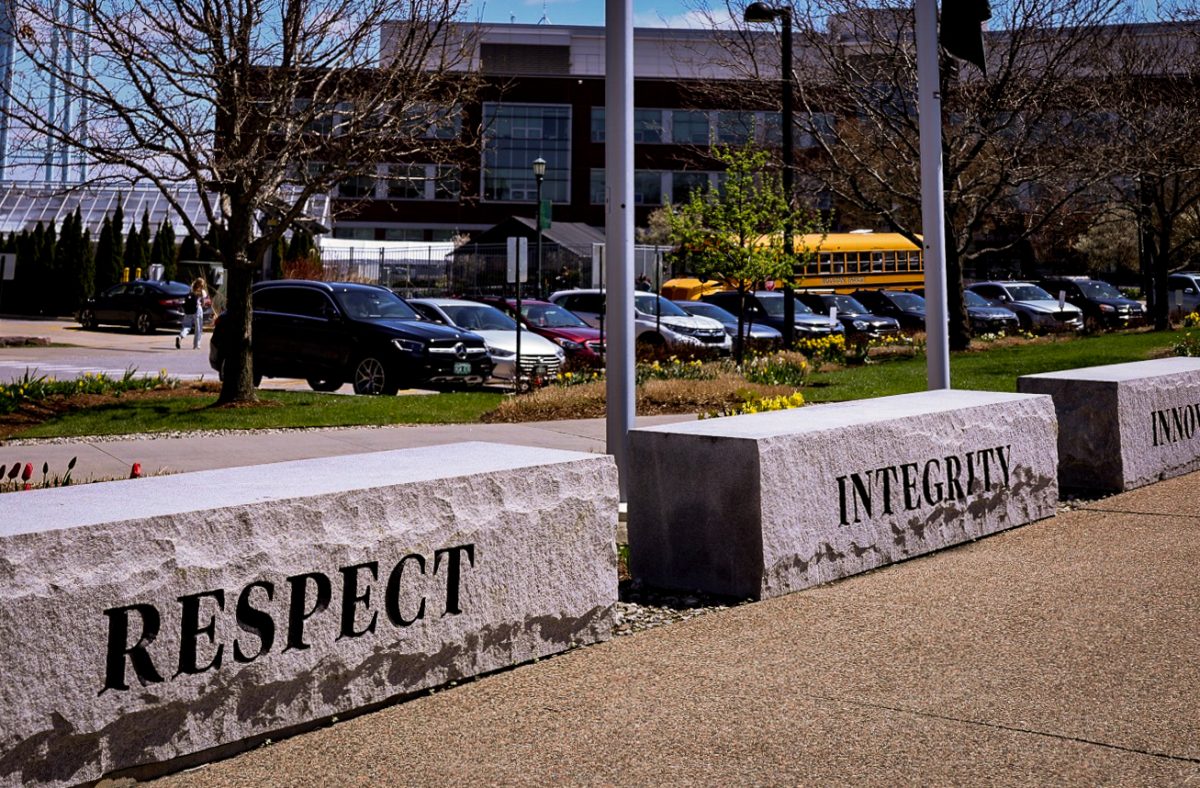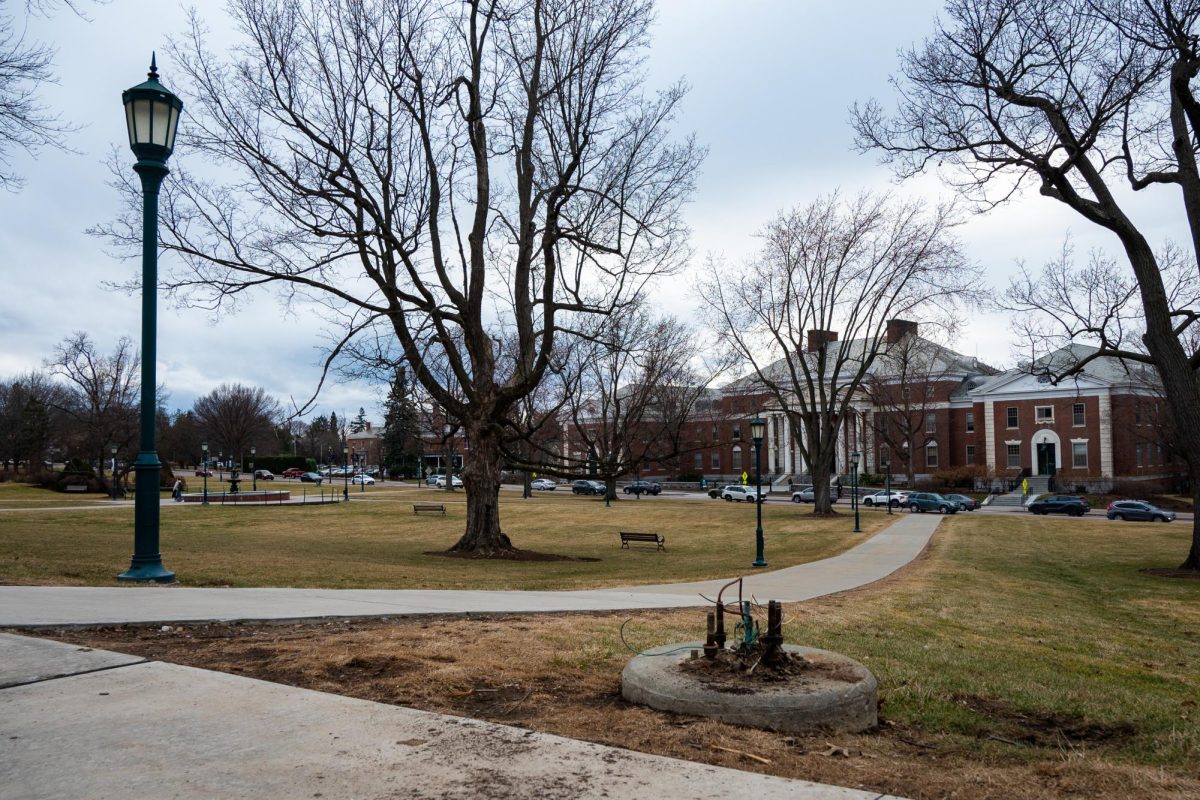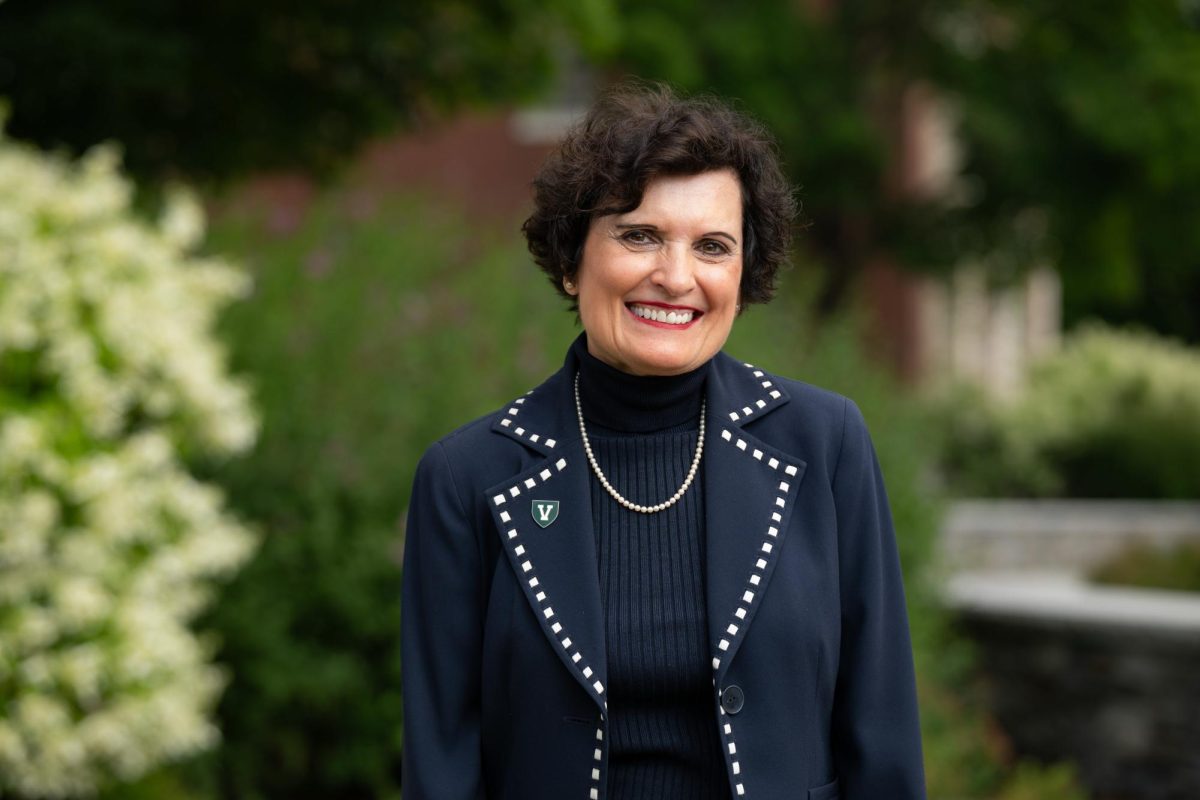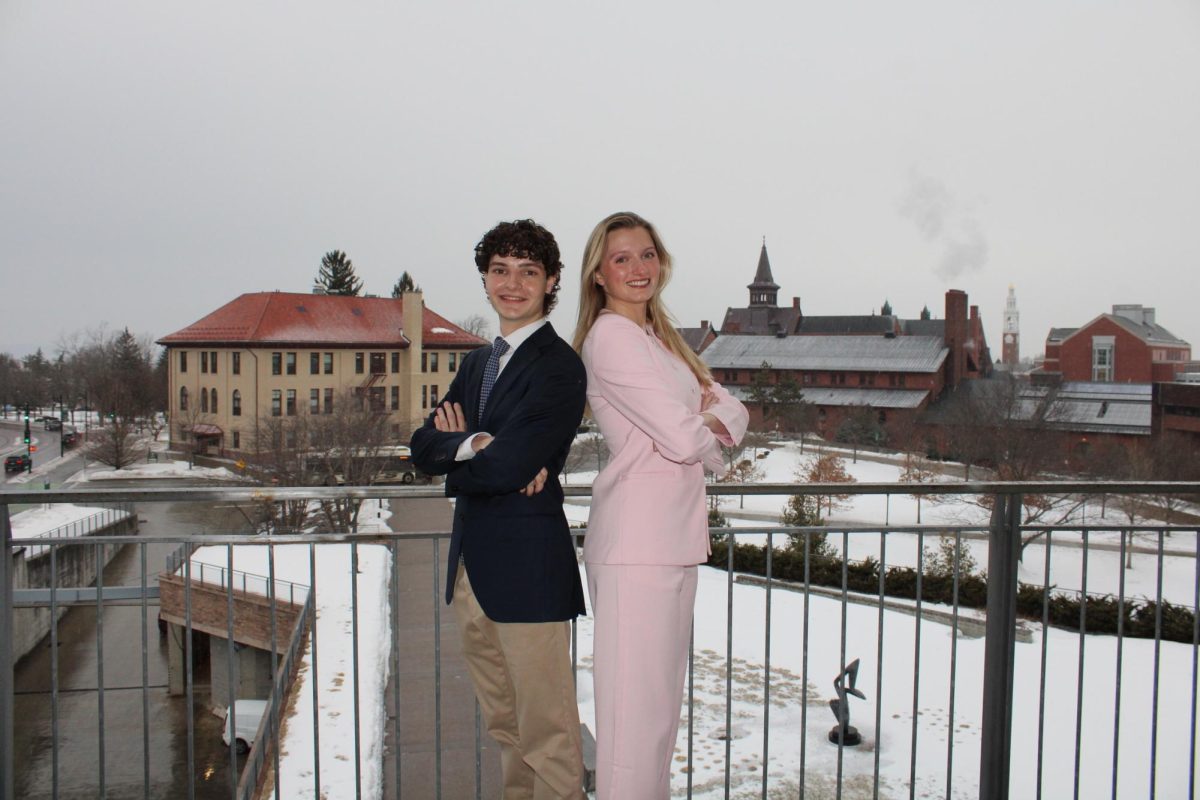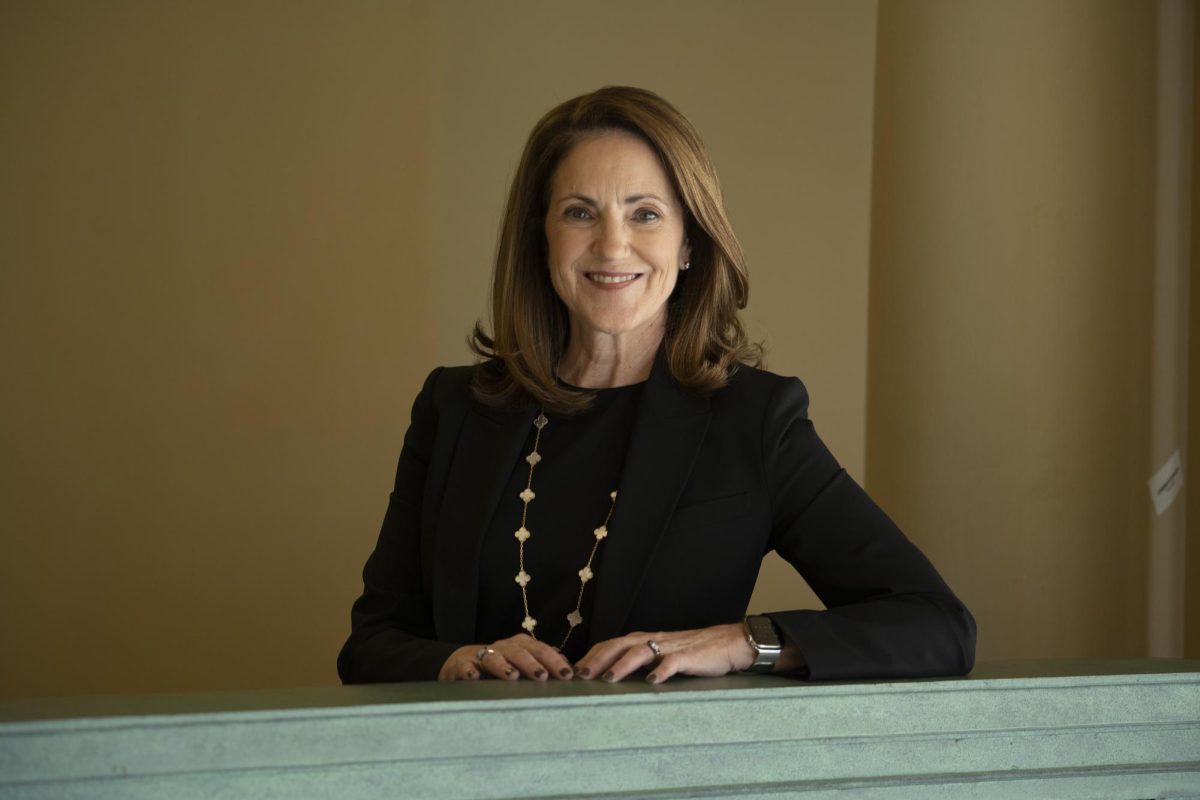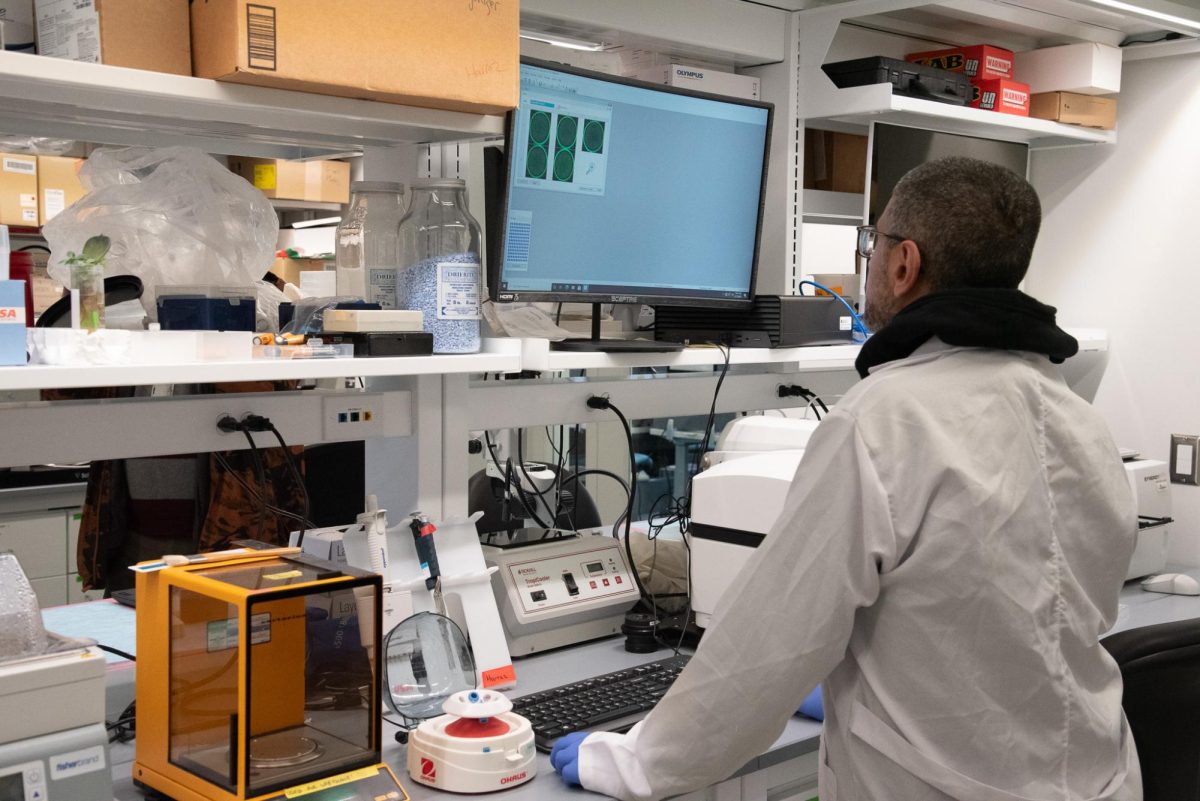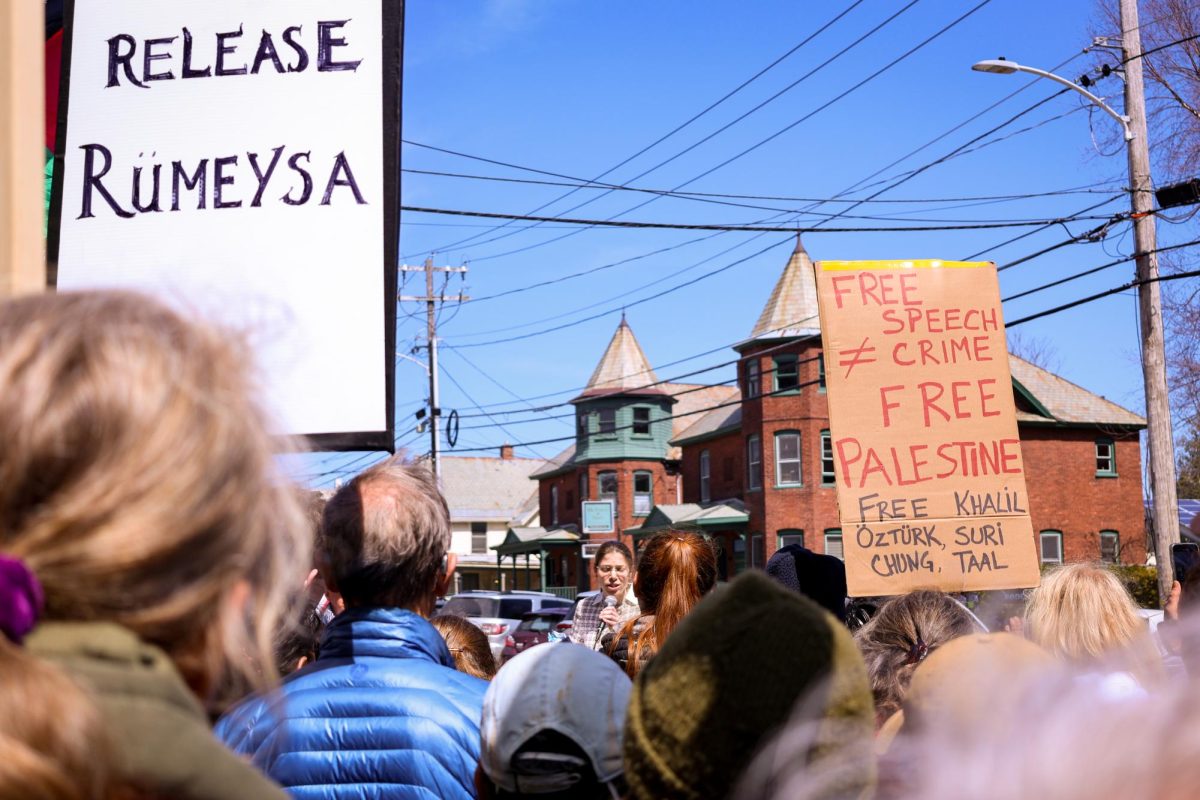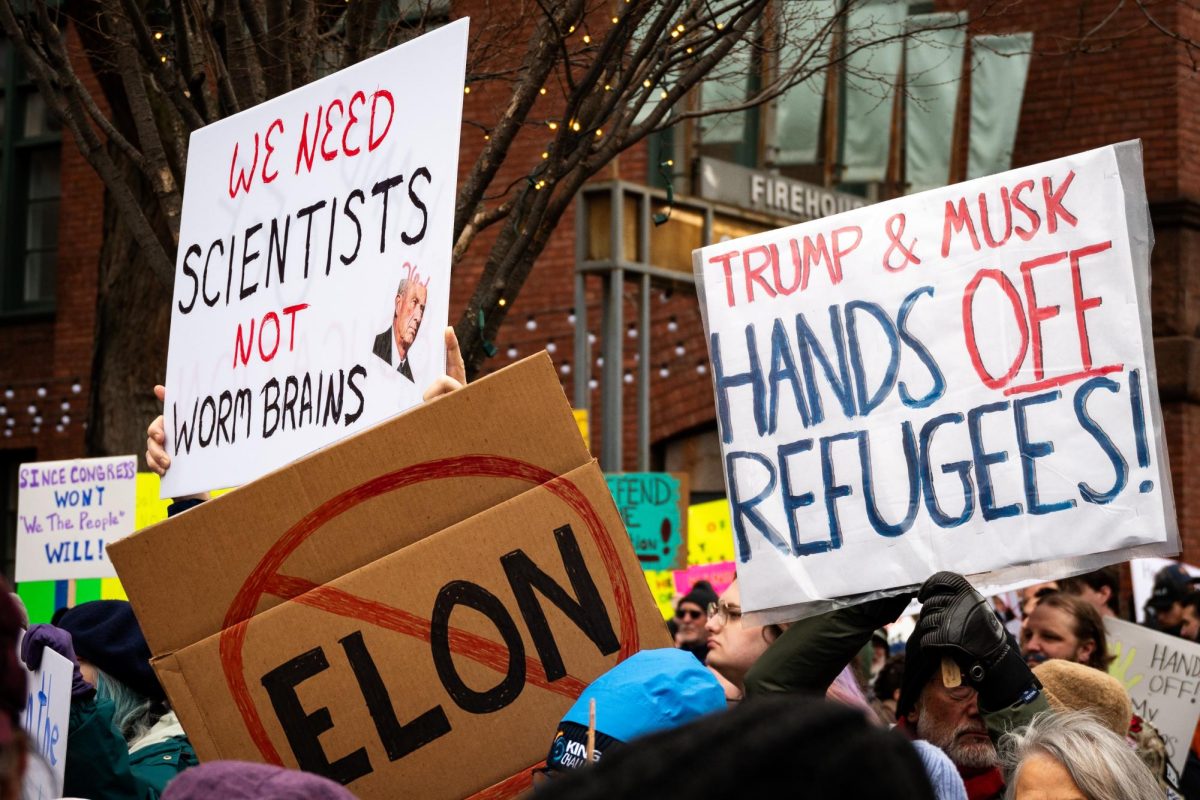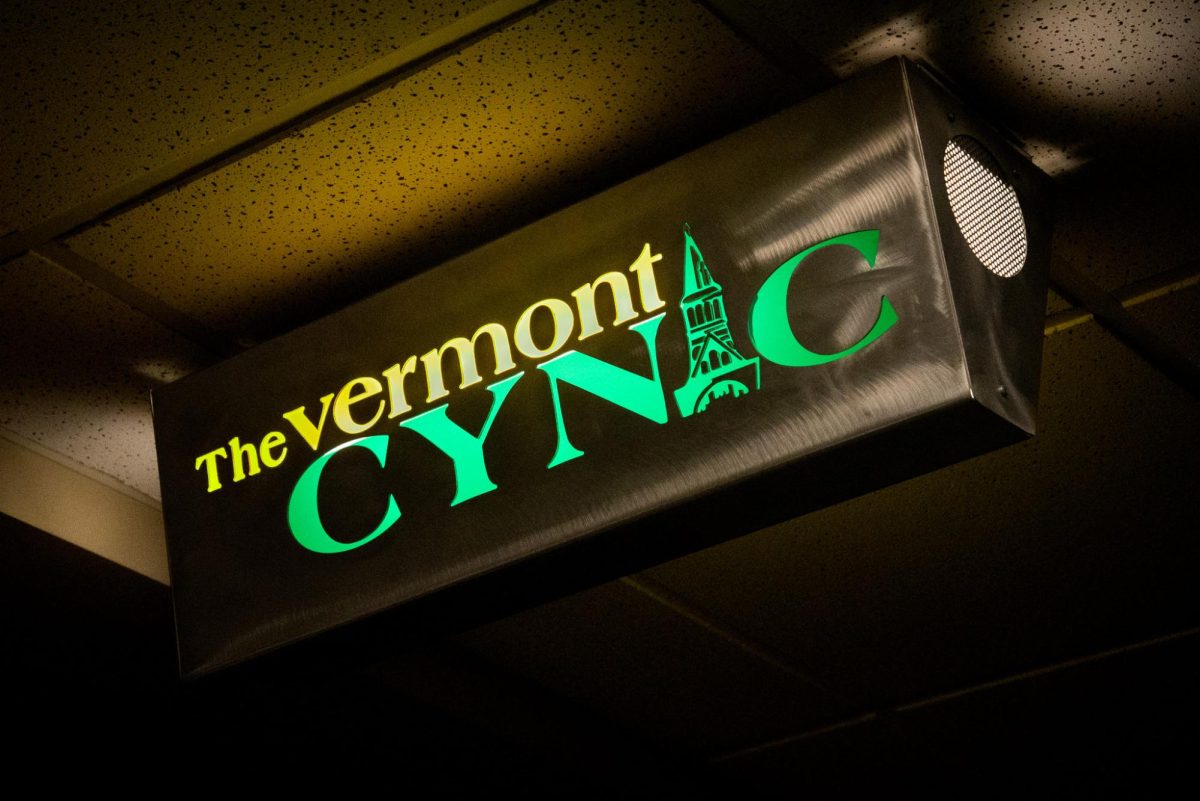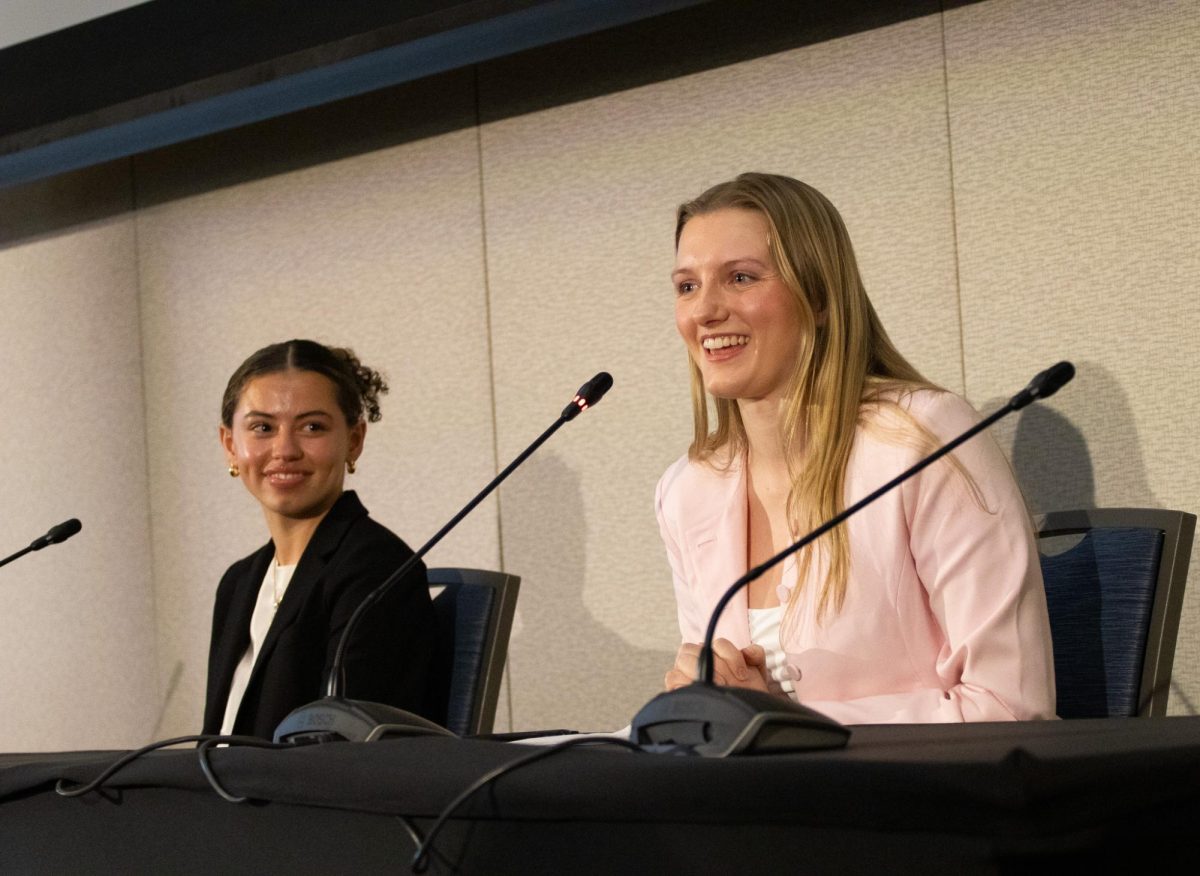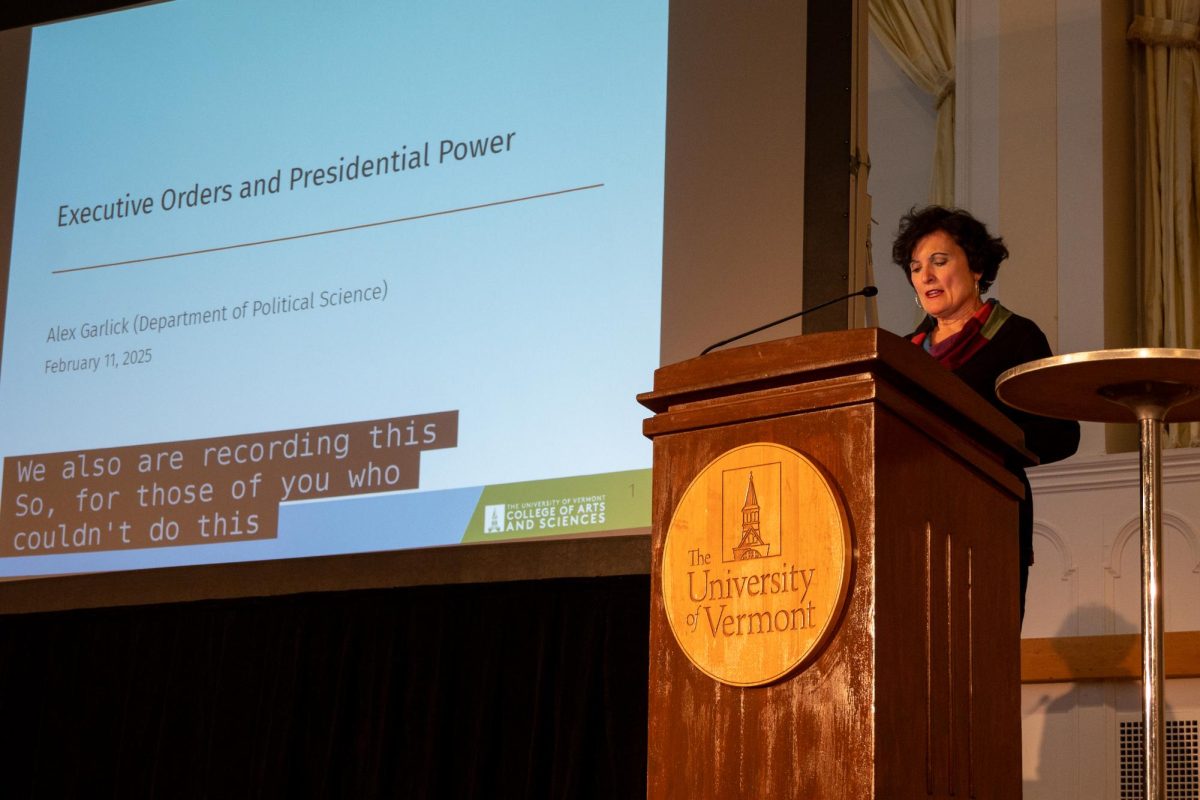The Clean Energy Fund is being restructured to have students more involved in choosing what projects the money goes toward.
The CEF is funded by a $10 contribution included in the cost of tuition.
It started in 2008 and is meant to help reduce UVM’s own greenhouse gas emissions, as well as educate students through clean energy related projects and programming, according to an evaluation report done by Professor Richard Watts.
Watts conducted an study of the fund in September 2015 by request of the Office of Sustainability.
The goal of the study was to determine what’s working and what’s not, University Controller Claire Burlingham said.
The CEF collected $1.6 million between the years of 2008 and 2015, and spent $1.2 million.
Of those expenditures, 39 percent was spent on infrastructure projects like the solar panels on Spear Street. Nineteen percent has been spent on education.
Twenty percent was spent on research studies and another 20 percent was spent on program operations, according to the report.
Program operations includes paying interns, graduate student stipends and other administrative costs, according to the report.
Burlingham and the Office of Sustainability take issue with this percentage, however, and claim that the Office of Sustainability spent 10 percent or less of the funds on program operations.
In his report, Watts found that research projects funded by the CEF were sometimes chosen by untrained undergraduates, were sometimes not formally proposed and there would be long gaps between selection and implementation.
The selection process was unclear and ambiguous overall, the report stated.
In response to this claim, an administrative team formed to restructure the fund will prioritize transparency in choosing infrastructure and research projects.
“We want campus-wide engagement … and communication with students, faculty and staff,” Burlingham said. “We’re very aware that students’ money is funding these projects and they should be the primary beneficiaries of whatever the fund funds.”
There will be a series of committees that help choose graduate and undergraduate research projects funded by the CEF.
The Socially Responsible Investing Advisory Council, led by Burlingham, will make sure students are aware of the research opportunities available to them through the CEF.
An Honors College undergraduate research advisory committee will have a part in selecting appropriate projects.
A subcommittee on infrastructure will assess the feasibility of implementing physical structures of campus.
Finally, a public forum will be open to students, faculty and staff, to allow them to have a part in selecting which research projects are funded, Burlingham said.
“We’re really excited to get the wider university community involved and think this new structure will work well,” she said. “[The first public forum] will hopefully take place in February or March, and once we really start to implement this structure the goal is to have one a semester.”
The CEF will continue its structure of education spending. Watts’ report found that the Energy Action Seminar, other guest lectures and symposium were well attended.
Paying for eight outreach interns, developing curriculum and supporting the Aero electric car race team were seen as successful use of the funds, the report states.
Sophomore Rhean Uppal said she personally benefits from the CEF.
“I get to have free dinners at Brennan’s on Fridays and sit and talk with CEOs and other clean energy leaders, the people that give lectures in our [Energy Action Seminar] classes,” Uppal said.
The report suggests the CEF spend its balance of $425,000, put funds into renewable energy investments, and broaden the fund to be a sustainability fund.


